Location Intelligence
The Power of Location for Intelligent Decisions and Sustainable Growth
Mapping and location analysis is critical for location-based businesses to make informed decisions to understand customer behavior, where to grow their business, and visualize and manage operations.
Using the world’s most powerful mapping and spatial analytics software, our team of data scientists, geospatial experts, and GIS analysts give meaning to data that is often hidden and underleveraged.
See What Others Can’t
Leverage data that was once buried in databases and spreadsheets for precise insights and strategic decision-making.
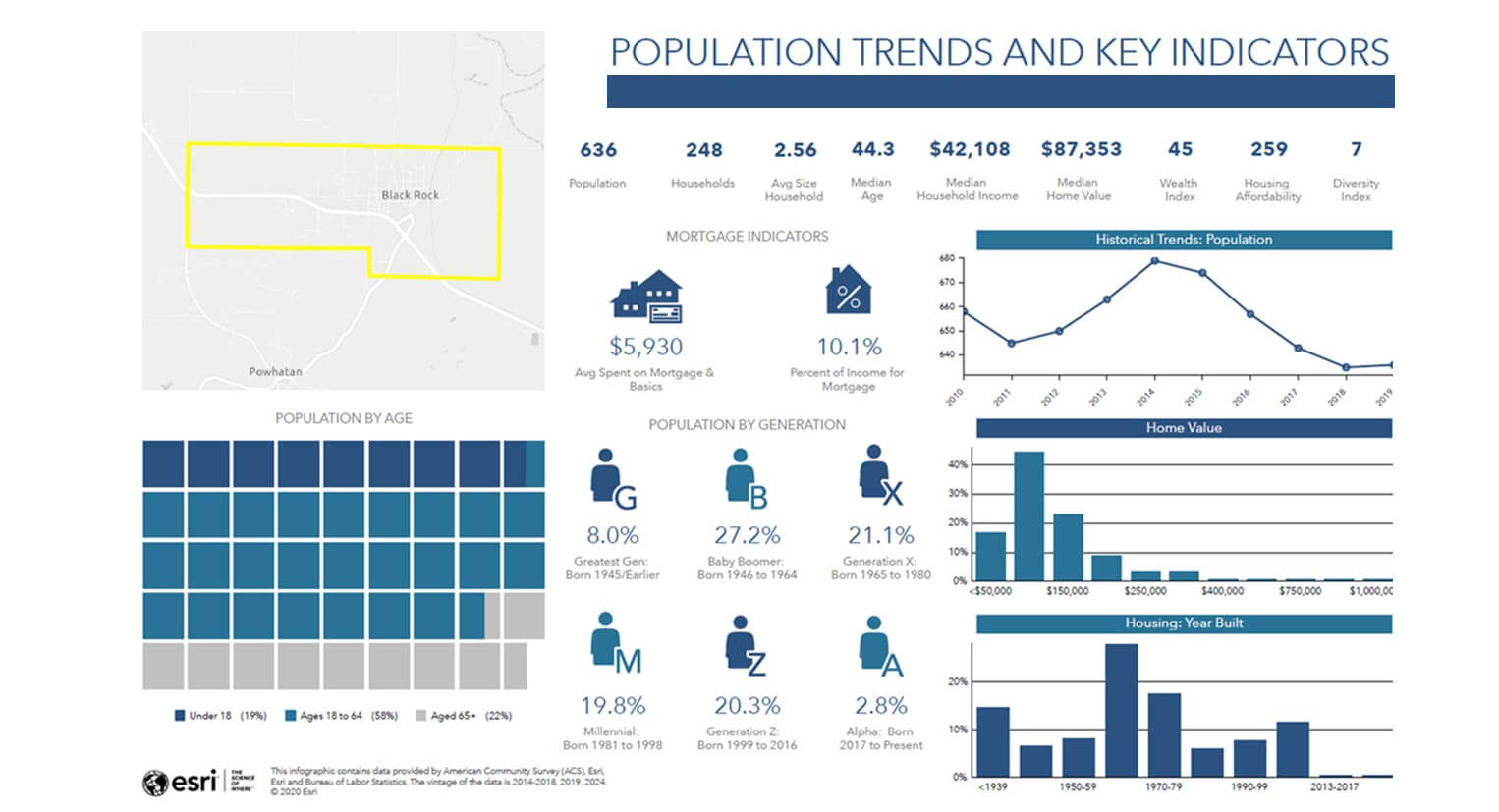
MARKET INTELLIGENCE + PLANNING
Precise insights to inform strategies in merchandising, marketing, pricing, and customer engagement.
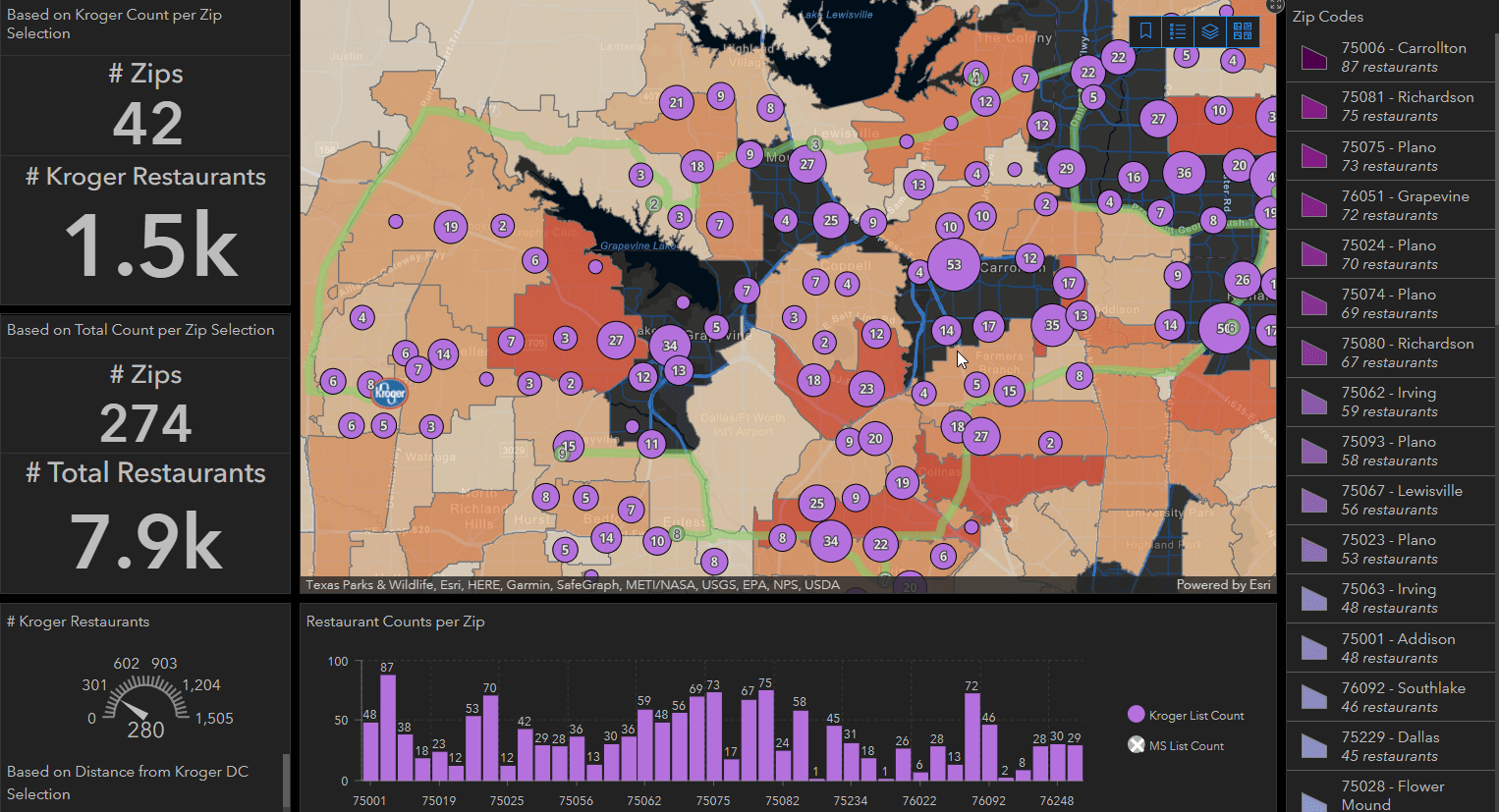
LOCATION PLANNING + OPTIMIZATION
Model and evaluate site strategies through visualization of demographics, competition, traffic and migration patterns, and more.
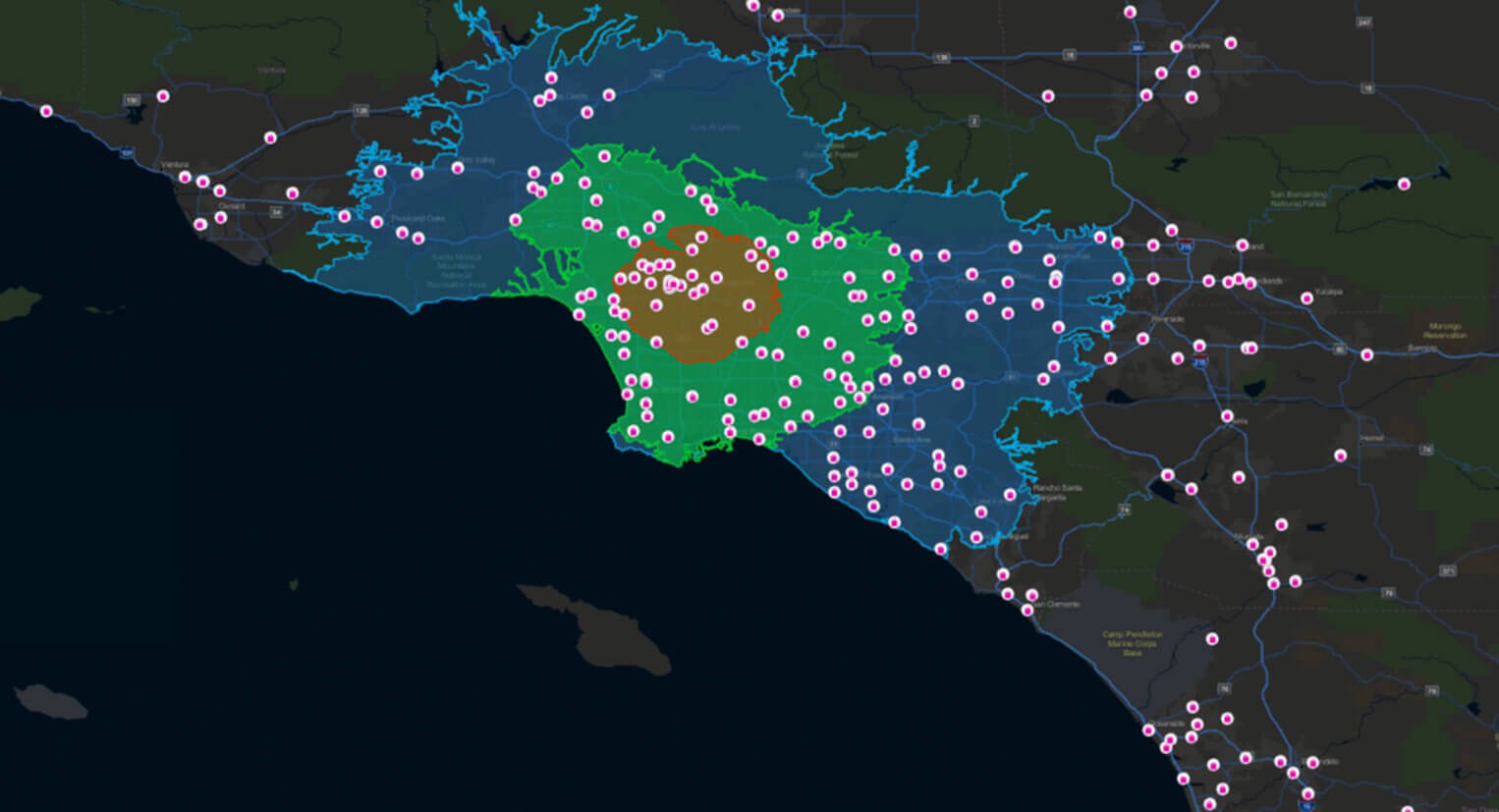
TRADE AREA OPTIMIZATION
Ensure equitable opportunity for virtual and in-person sales teams by defining, analyzing, and optimizing trade areas and sales territories.
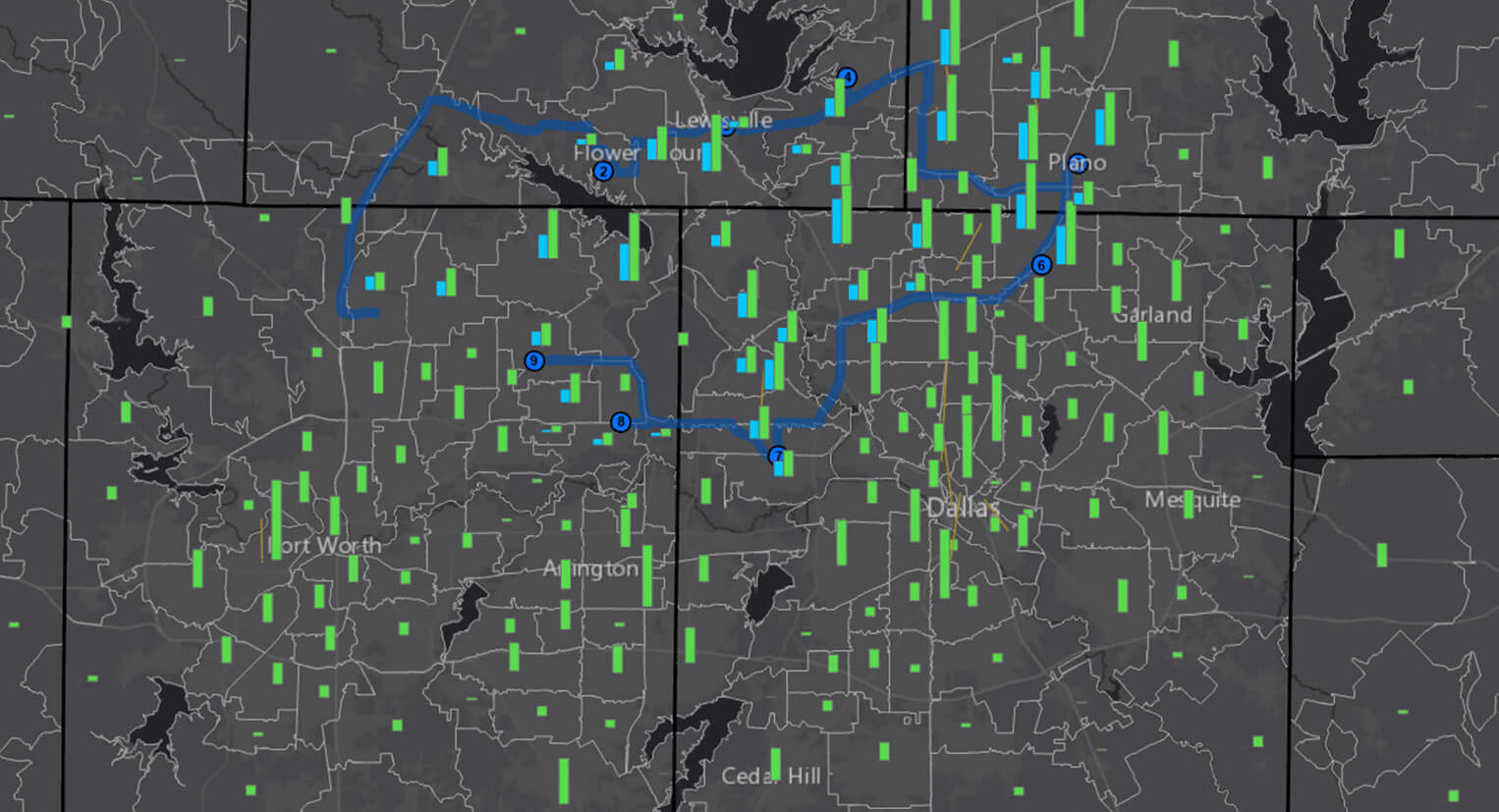
ROUTE PLANNING
Decision support for calculated arrival times and route efficiencies.
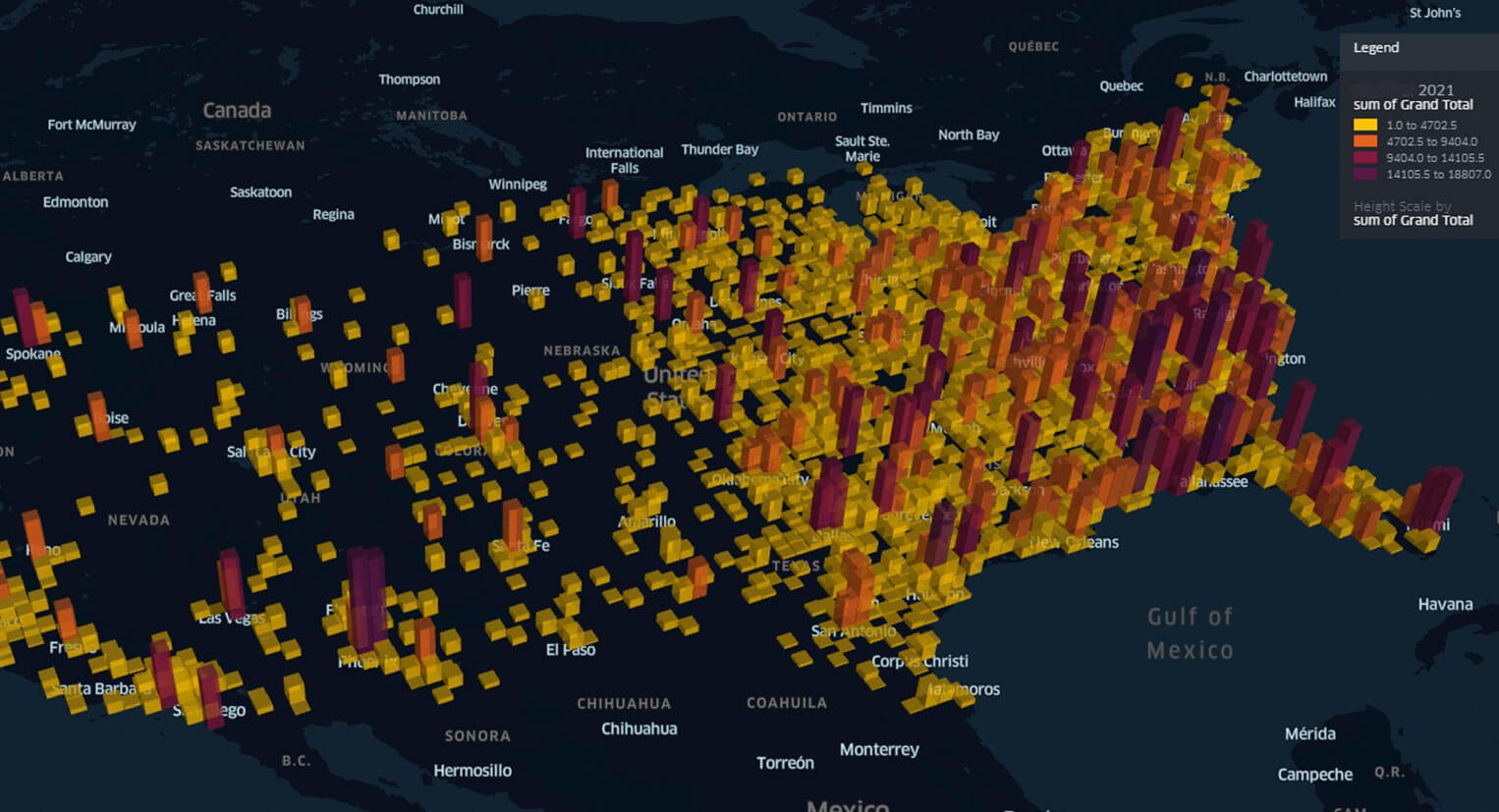
CUSTOMER INSIGHTS
Understand customer behavior by connecting people, locations and data to create authentic engagement strategies and personalized experiences.
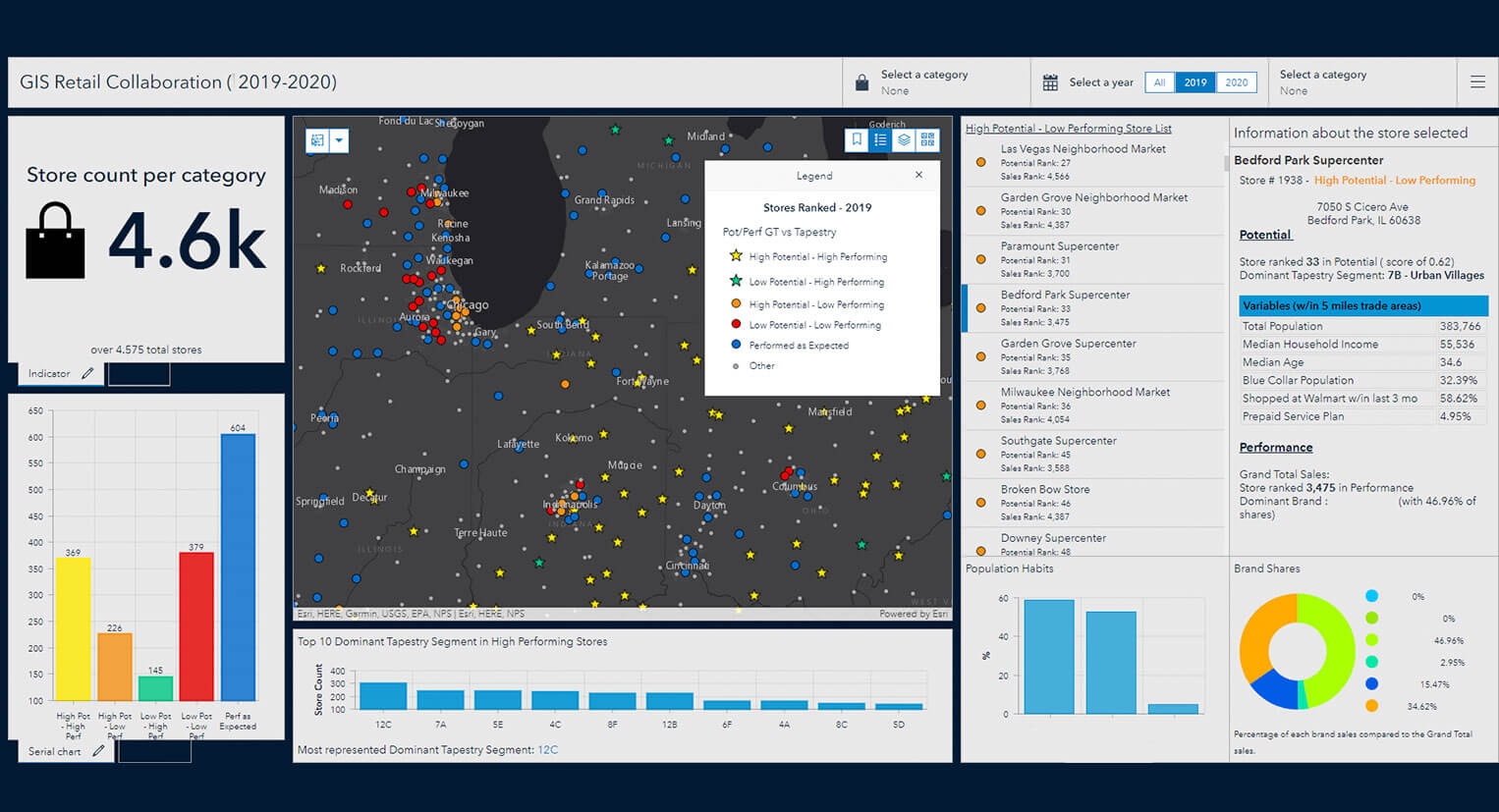
PERFORMANCE OPTIMIZATION
Forecast and improve performance by understanding retail store potential based on customer profiles, competitive presence and more.
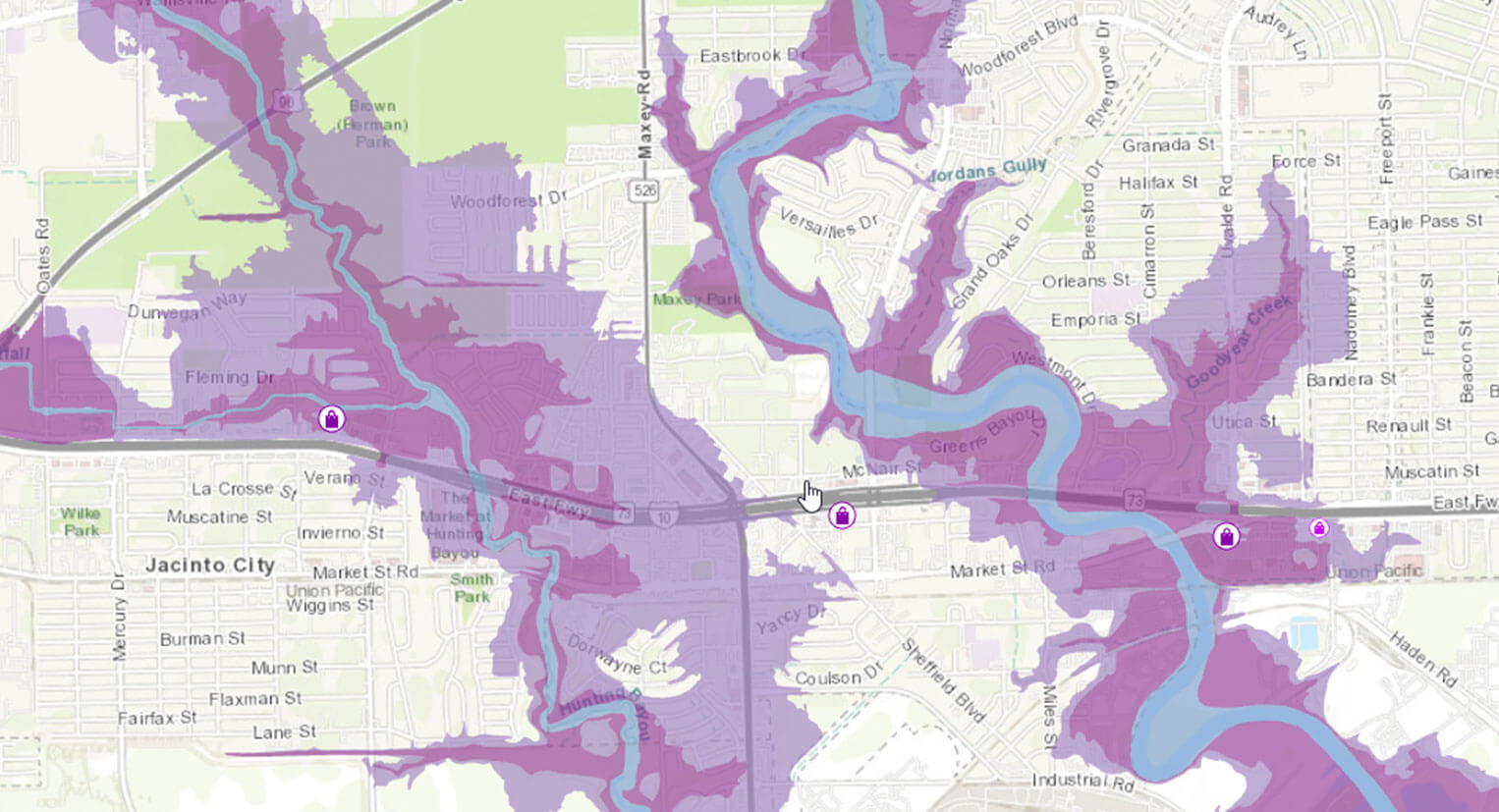
RISK REDUCTION
Understand sources of risk and predict scenario-based outcomes from supply chain disruptions to natural disasters.
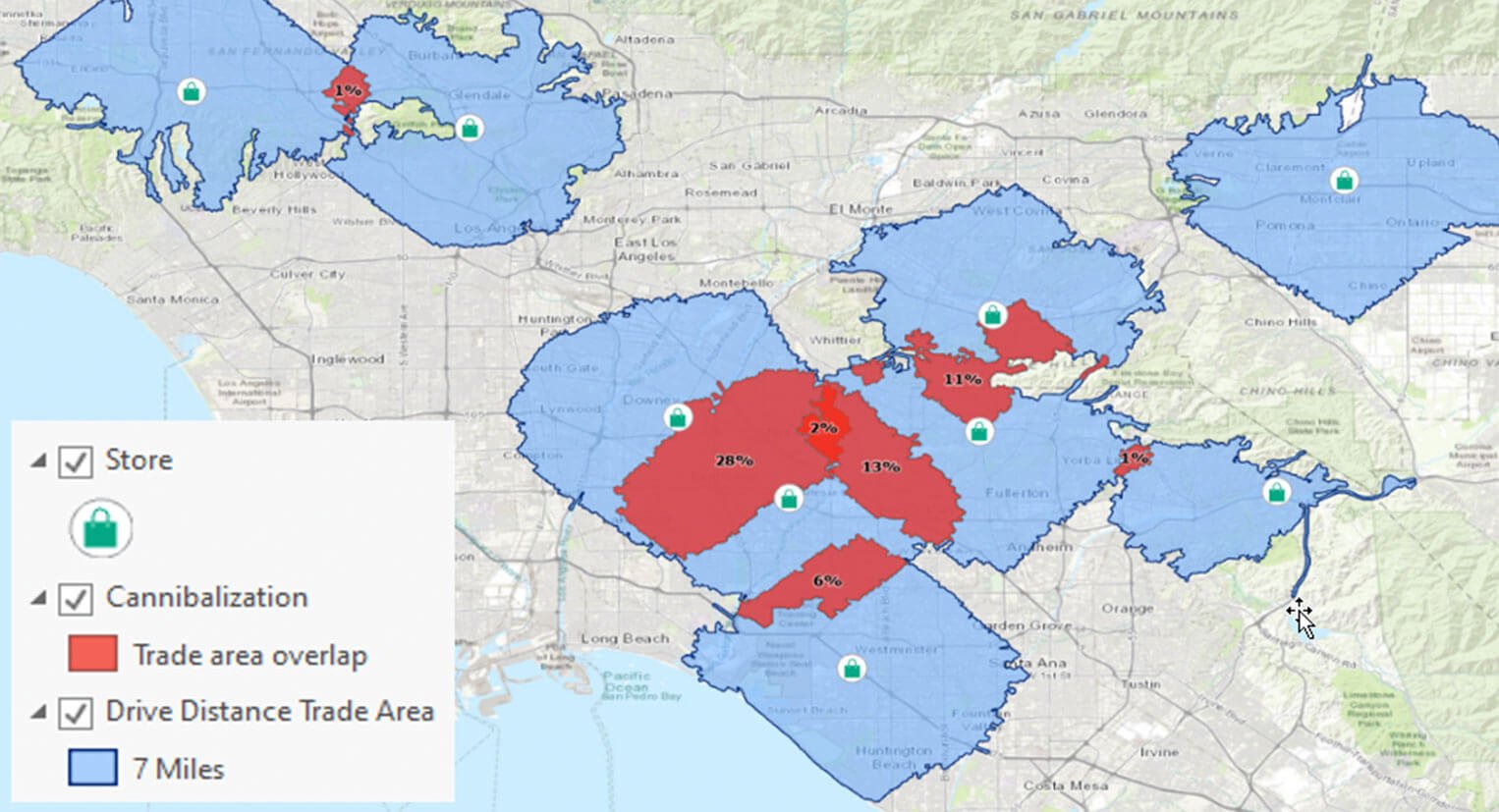
MITIGATE CANIBALIZATION
Understand the relationship between in-store and ecommerce sales to strengthen omnichannel sales and maximize the halo effect of brick-and-mortar.
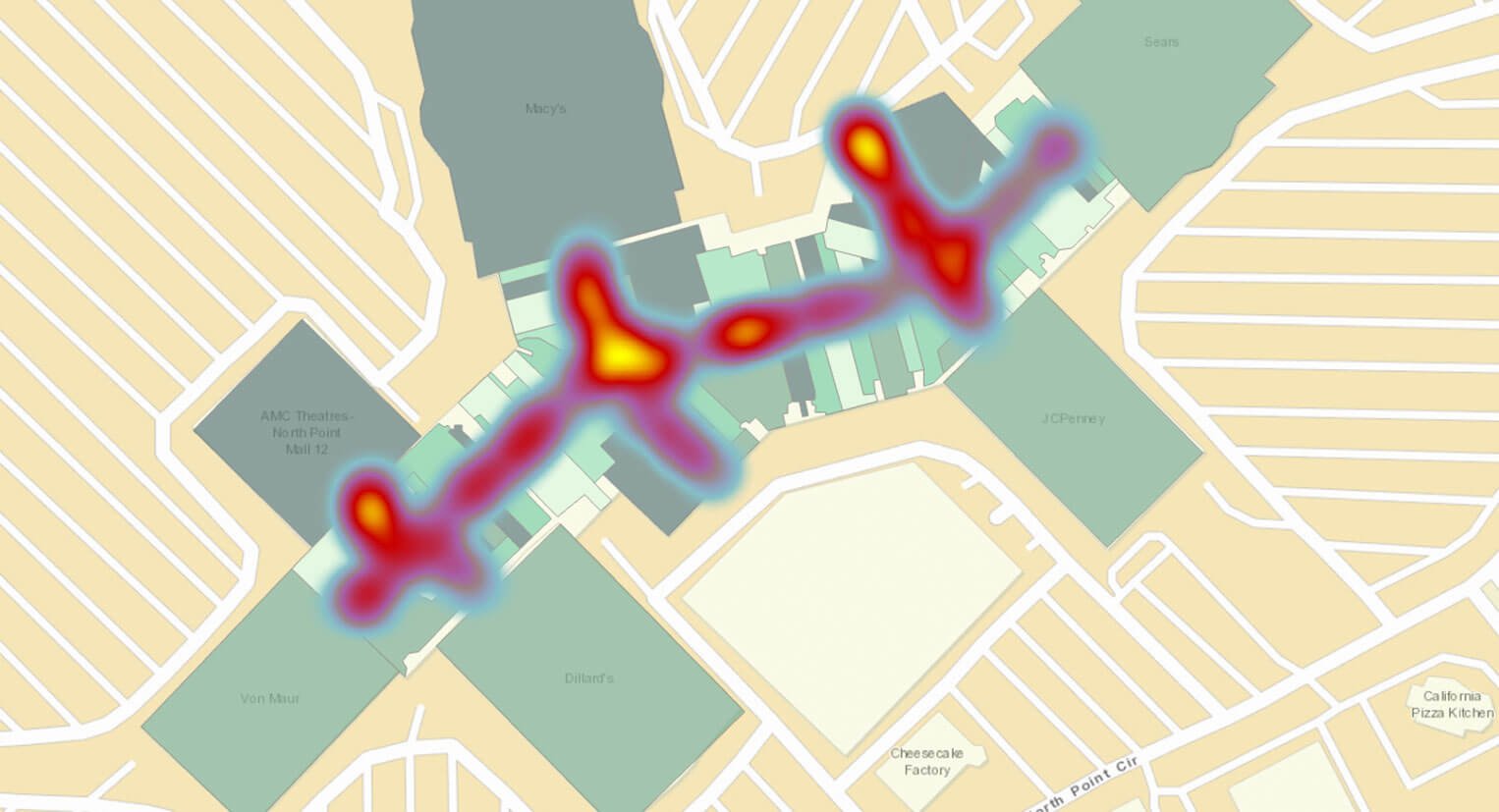
MERCHANDISING PLANNING
Map in-store movement patterns and point of sale data to optimize merchandise placement and assortment.
The World’s Most Powerful Mapping and Spatial Analytics Software
Leverage data that was once buried in databases and spreadsheets for precise insights and strategic decision-making.
Esri™ is the most comprehensive set of analytical methods and spatial algorithms available. Our Esri-certified professionals use these capabilities to uncover hidden patterns, improve predictive modeling and give our clients a competitive edge.
We also deploy a wide range of data to complement our clients’ proprietary data, including Esri Location Data, Kalibrate, SafeGraph, data axle, AGS, and more.
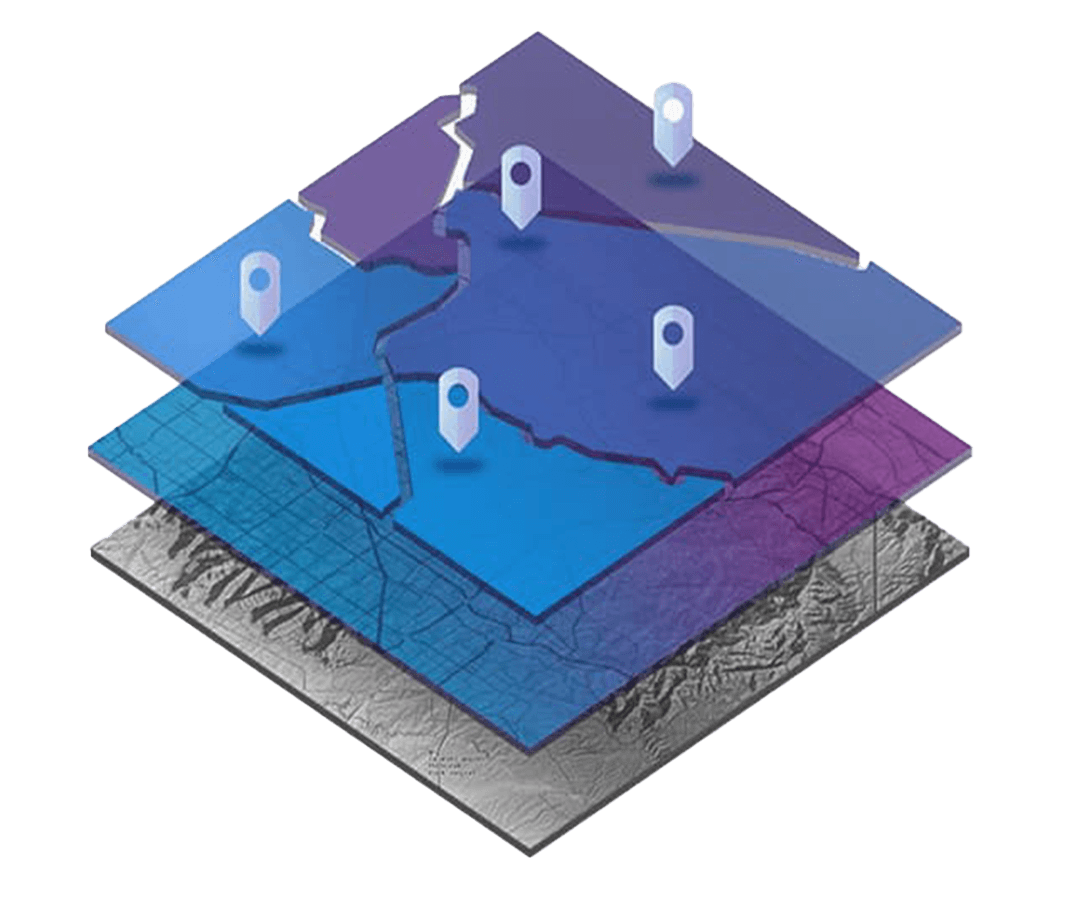
Location Intelligence Unlocks the Potential of Data
Understand Your Customers
Understand Your Competition
Grow Your Business
Location Intelligence Unlocks the Potential of Data
Understand Your Customers

Examine and Optimize Trade Areas
Use trade areas to analyze market areas and conduct analyses, including customer and competitor locations, administrative boundaries, street networks and distance, and demographic factors
Trade areas can be designed from customer locations, drive times, statistical areas, and more
GIS technology aids in the creation of evenly balanced territories

Analyze Market Share
Measure the likely demand or market share at various geography levels to make decisions about where to offer products and services
Estimate total available market from our database containing more than 13 million businesses
Determine market penetration and presence of competitors

Investigate Consumer Behavior
Utilize ESRI business analyst to construct an ideal customer profile and identify where those customers are located
Identify spending behaviors in 20+ categories
Find consumer travel patterns
Determine ideal tapestry segmentation and market potential
Understand Your COMPETITION

Visualize Competitors’ Coverage
Mapping competitor locations and trade areas can aid in identifying market opportunities minimizing sales cannibalization between your own retail doors
Compare competitors’ locations to your retail areas
Identify coverage gaps to spot opportunities for geographical advantage
Measure cannibalization between own retail stores trade areas

Evaluate Strengths and Weaknesses
Analyze competitors’ dominant demographics or tapestries to gain a better understanding of their customers and identify areas to create a performance/potential matrix
Use market data to determine or compare ideal customer profiles
Recognize areas of weakness where extra resources may have the most substantial impact
Grow Your Business

Expansion and Market Planning
The highest performing companies understand that data-driven decision making is critical to location expansion and market planning strategies
Demographic, consumer behavior and geographic variables combine to aid in data-driven decision making
Geospatial tools can be leveraged to plan market coverage and asset distribution

Forecast Performance
Space-time data such as retail sales can be used to predict future store performance
Forecasting methods include curve fit, exponential smoothing, and forecasts by location

Improve Merchandising and Targeted Marketing
Identify targeted marketing key areas with census, demographic and tapestry segmentations, and in-store foot traffic data if available
Better align with ideal customer profile
Identify areas primed for marketing campaigns
Analyze in store foot traffic
